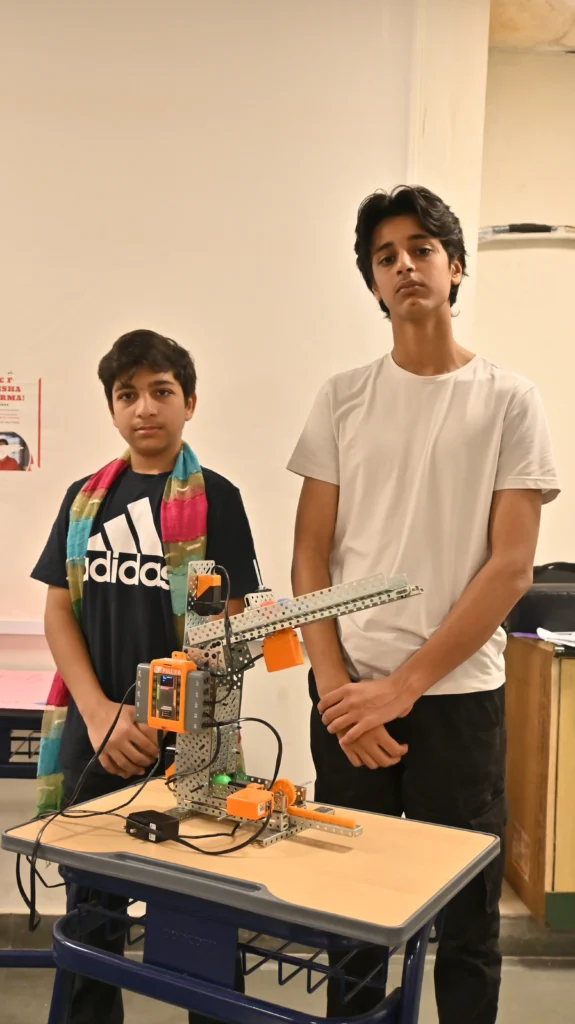The needs of a changing world are causing education to change quickly. Academic achievement used to be based on traditional rote learning, which involved memorizing information and repeating them on tests. But in a time where originality, invention, and critical thinking are valued highly, this approach is starting to show its limitations. Students today must progress beyond memorizing to practical comprehension.
A more successful method is hands-on learning, which stresses active engagement and practical application. It fosters curiosity and gives children the tools they need to succeed in the modern world by involving them in projects, experiments, and problem-solving.
- Greater Knowledge thru Experience
Instead of having students memorize definitions from textbooks, hands-on learning enables them to investigate concepts via firsthand experience. For instance, making a model or carrying out a science experiment enables pupils to comprehend concepts in action. By turning intangible concepts into concrete knowledge, this experience approach improves learning and strengthens long-term memory.
2. Promoting Critical Thinking and Creativity
Environments that encourage inquiry and experimentation are conducive to innovation. Students are challenged to think critically, test theories, and come up with original solutions through practical exercises. This approach emphasizes creativity and flexibility, which are critical abilities for the changing labor market, in contrast to rote learning, which promotes repetition.
3. Bringing Theory and Practice Together
The relevance of experiential learning is one of its biggest advantages. It prepares students for issues they may face in the real world by tying classroom ideas to practical applications. Students who engage on community initiatives or create small apps, for example, gain real-world experience that cannot be gained from memorization alone.

4. Increasing Motivation and Involvement
Students become more engaged and motivated when they actively participate in their education. Group experiments, role plays, and simulations are examples of practical exercises that make learning more dynamic. In addition to enhancing academic achievement, this involvement cultivates a passion for learning that lasts a lifetime.
5. Getting Students Ready for the Workplace of the Future
The workplace of the future requires creative thinkers, problem solvers, and innovators. Through activities in creative thinking, communication, and teamwork, experiential learning fosters these skills. On the other hand, rote learning results in passive learners who could find it difficult to adjust to social and technical changes in a world economy that is changing quickly.
Innovation-driven learning, as opposed to rote memorization, is the way of the future for education. Students gain the ability to think critically, use knowledge creatively, and comprehend thoroughly through hands-on activities. Education must concentrate on developing thinkers rather than repeaters as technology transforms sectors and new problems arise.
Therefore, interactive, inquiry-based teaching strategies that promote creativity and exploration must be used by educational institutions and teachers. Through practice and purpose, hands-on learning enhances knowledge rather than replaces it. By doing this, it equips young brains to become the leaders, innovators, and problem-solvers that the world will need in the future.
Vega Schools offers holistic education to children in Delhi NCR and is rated among the top Schools in Gurgaon. Its modern infrastructure, facilities, and experienced teachers are a big asset to the learning & development of students, be it for Nursery, Primary or Senior children making Vega Schools the best schools in Gurgaon. For information about admission please visit the Vega Schools campuses in Sector 48 and Sector 76 Gurugram.
